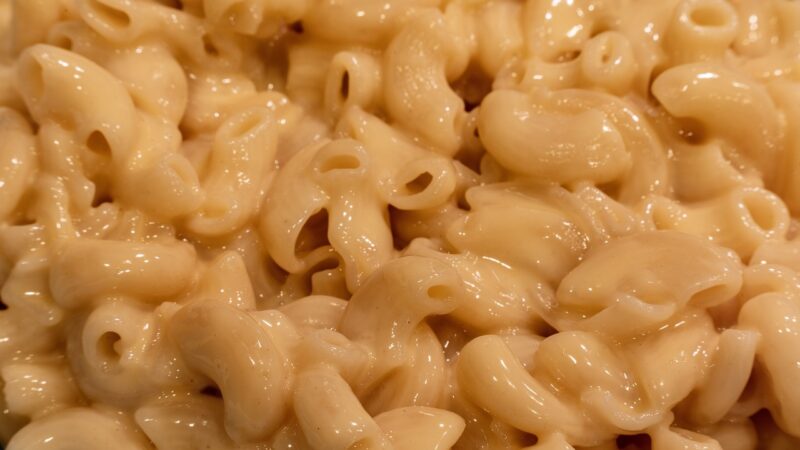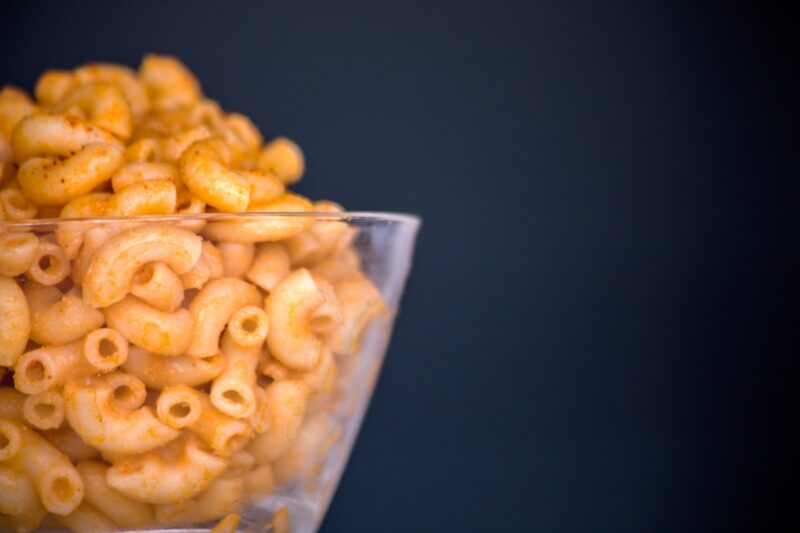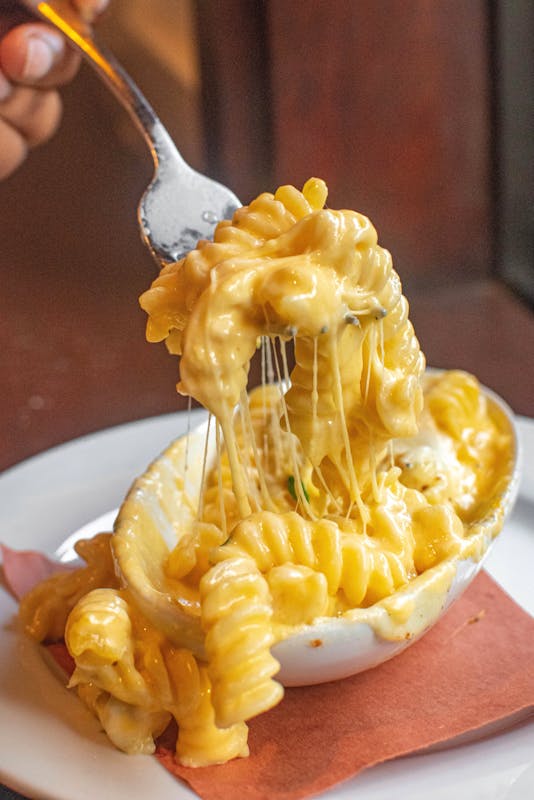Mac and cheese, the quintessential comfort food, has a special place in many hearts. Whether you adore the creamy, cheesy texture, enjoy its endless variations, or hold fond childhood memories of enjoying its gooey goodness, one question often arises: can you freeze mac and cheese?
This guide aims to provide a thorough exploration of freezing this beloved dish, the best practices for doing so, and tips for ensuring your mac and cheese remains delicious even after a stint in the freezer.
Can You Freeze Mac and Cheese?
Absolutely, you can freeze mac and cheese! However, it’s essential to understand that not all mac and cheese freezes equally well. Factors such as the type of cheese used, additional ingredients, and preparation methods can affect its texture and flavor once thawed.
The Science Behind Freezing and Thawing
When foods are frozen, the water within them forms ice crystals. These crystals can disrupt the texture of the dish when thawed. Creamy sauces, such as the cheese sauce in mac and cheese, can become grainy or watery if not frozen properly. Understanding these aspects is crucial to maintaining that signature creamy consistency.
Preparing to Freeze Mac and Cheese
Choosing the Right Ingredients
To set your dish up for success, opt for high-quality cheeses. Sharp cheddar, Gruyère, and Monterey Jack tend to freeze well. Avoid overly processed cheeses that can become rubbery upon reheating.
The Best Mac and Cheese Recipes for Freezing
Not all mac and cheese recipes are created equal. Some recipes are more suited to freezing and reheating than others. A classic velvety cheese sauce made from real cheeses will yield better results than a recipe that relies heavily on processed cheese products.
Here’s a simple but effective base recipe you can consider:
Classic Mac and Cheese Recipe:
8 oz elbow macaroni
2 cups shredded sharp cheddar cheese
½ cup grated Parmesan cheese
3 tablespoons butter
3 tablespoons all-purpose flour
2 cups milk
Salt and pepper to taste
Optional: breadcrumbs for topping
Cook the Pasta: Boil the macaroni until al dente. Drain and set aside.
Make the Cheese Sauce: In a saucepan, melt the butter over medium heat. Add flour and whisk for about one minute. Gradually add milk while whisking constantly. Cook until the mixture thickens.
Incorporate Cheeses: Remove the pan from heat, stir in cheddar and Parmesan cheese until melted and smooth. Season with salt and pepper.
Combine: Mix the pasta with the cheese sauce in a large bowl. If desired, transfer to a baking dish, sprinkle breadcrumbs on top, and bake at 350°F until golden and bubbly.
Cool Completely: Allow your dish to cool to room temperature before freezing.
How to Freeze Mac and Cheese
Step-by-Step Freezing Process
Cool Before Freezing: Let the mac and cheese cool down completely to prevent condensation buildup in the container.
Choose Containers Wisely: Use airtight containers or heavy-duty freezer bags. Be mindful to remove as much air as possible to prevent freezer burn.
Portion Control: Consider freezing in single or family-sized portions for convenience. This way, you can easily thaw just what you need.
Label Your Containers: Write the date and contents on the containers to keep track of how long they’ve been in the freezer.
Freeze: Place the containers in the freezer and avoid stacking them until they are completely frozen.
Tips for Freezing Mac and Cheese
Avoid Ingredients that Don’t Freeze Well: Creamy ingredients, like sour cream or crème fraîche, may break down during freezing. If you plan to add these, consider mixing them in after thawing.
Pre-bake or Not? You can freeze mac and cheese before or after baking. Unbaked versions may retain moisture better, but frozen baked mac and cheese can offer a convenient meal that requires minimal prep upon reheating.
Thawing and Reheating Mac and Cheese
Now that your mac and cheese is successfully frozen, let’s look at how to thaw and reheat it without losing its deliciousness.
Thawing Methods
Refrigerator Thawing: This is the best method for preserving texture. Transfer the mac and cheese to the fridge 24 hours before you want to eat it. Slow thawing allows the dish to maintain its creamy consistency.
Microwave Thawing: If you’re pressed for time, you can use the microwave. Place the mac and cheese in a microwave-safe dish, cover it loosely with a lid or microwave-safe wrap, and use a low power setting to thaw it. Be cautious to avoid hotspots, which can lead to uneven heating.
Reheating Techniques
Oven Method: Preheat your oven to 350°F. Place the thawed mac and cheese in an oven-safe dish. To prevent it from drying out, add a splash of milk and cover the dish with aluminum foil. Bake for about 20-30 minutes, removing the foil for the last 10 minutes for a crispy top.
Stovetop Method: Heat a saucepan over medium heat. Add a splash of milk or cream to the pan and stir in the mac and cheese. Continuously stir until heated through, adding more liquid as needed to maintain creaminess.
Microwave Method: If you opt for the microwave, place the mac and cheese in a microwave-safe bowl. Cover it gently and heat in short intervals, stirring in between to ensure even heating.
Adapting Mac and Cheese for Freezing
Enhancements and Variations
While traditional mac and cheese is a comforting classic on its own, consider some enhancements that can freeze well:
Vegetable Add-Ins: Broccoli, spinach, or peas are known for their robust nature. Steam the vegetables lightly before mixing them in; this way, they won’t impact the dish’s texture as they thaw.
Meat and Protein: Ingredients like cooked chicken, bacon, or ham can add depth. Be cautious with raw meats; always cook them before freezing.
Spices and Flavors: Consider adding spices or flavor profiles that suit your taste. A touch of garlic powder, paprika, or even hot sauce can transform your dish.
Cheese Choices
Experimenting with different cheeses can lead to intriguing and flavorful variations. For example, using Gouda or Fontina can offer a unique smokiness, while blue cheese or feta can add an unexpected sharpness.
Storing Duration
While frozen mac and cheese can last for up to three months, it’s best consumed sooner for optimal flavor and texture. Always check for signs of freezer burn or off smells when pulling it from the freezer.
The Verdict: Is Freezing Mac and Cheese Worth It?
The simple answer is yes! Freezing mac and cheese can be a smart way to extend the life of this beloved dish, but approaching it with care is crucial. Understanding how ingredients and the freezing process affect your dish can lead to satisfying outcomes, making those late-night cravings or hectic weeknights much easier to manage.
In Conclusion
In the end, whether you choose to freeze mac and cheese depends on your lifestyle, cooking habits, and personal preferences. With a bit of planning and the right techniques, you can enjoy this comforting food anytime. The journey doesn’t stop at freezing; each reheating experience can become a chance for creativity, allowing you to reinvent old favorites into new delights.








